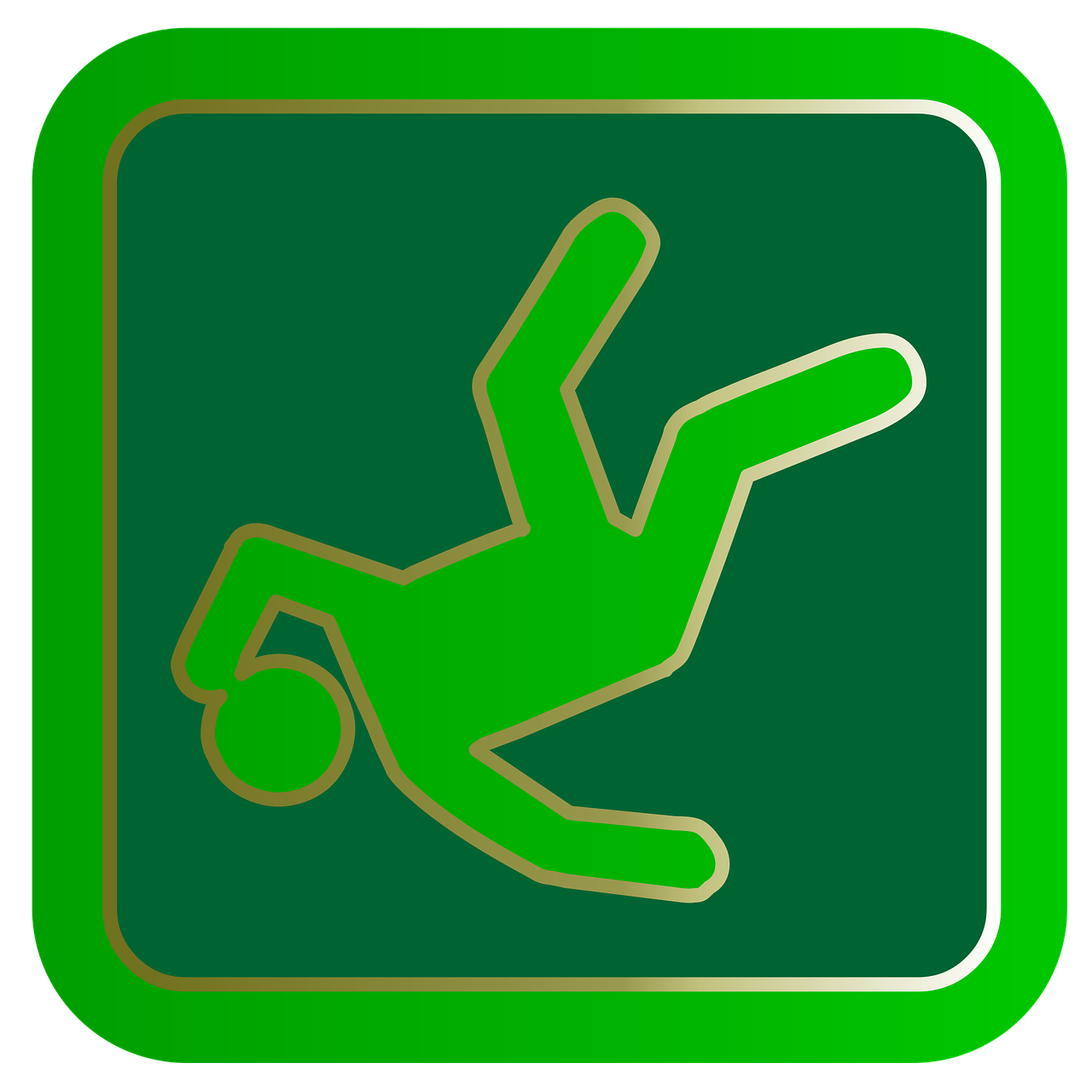Avoid Winter Slip and Fall Accidents
 Injuries resulting from slip and fall accidents can be devastating. And colder temperatures bring especially hazardous conditions. Protect yourself, your employees, and your business by making everyone aware of slip and fall hazards.
Injuries resulting from slip and fall accidents can be devastating. And colder temperatures bring especially hazardous conditions. Protect yourself, your employees, and your business by making everyone aware of slip and fall hazards.
Avoid Winter Slips and Falls
Winter months present additional hazards that are typically not factors for employees during warmer weather – specifically, slip and fall concerns. With snow and ice covered conditions, you and your employees run the risk of taking major falls, which can lead to serious injuries.
Costs of Slip and Fall Accidents
Slip and fall accidents are costly to both the employee and the employer. The employee may experience:
- Pain
- Loss of wages
- Out-of-pocket expenses
- Short- or long-term disability
- Depression
- Reduced quality of life
The employer may experience:
- Loss of productivity
- Higher insurance premiums
- Expenses related to hiring and training a replacement
According to the U.S. Department of Labor, slip, trip, and fall accidents are the most frequent cause of work-related injuries, at around 25%. They are the second leading cause of work-related deaths, at 15%. Most of these incidents can be prevented.
Prevention
Education is essential in preventing winter weather-related injuries. Consider sharing the following recommendations in your workplace to prevent slip and fall injuries during the winter months:
- Wear the proper footwear that provides traction on snow and ice. Footwear should be made of anti-slip material; avoid plastic and leather-soled shoes or boots.
- Exercise caution when entering and exiting vehicles, and use the vehicle for balance and support.
- Try to walk only in designated areas that are safe for foot traffic. If you notice that a walkway is covered in ice, walk on the grass next to the sidewalk, which will have more traction.
- Avoid inclines that are typically difficult to walk up or down as they may be more treacherous in winter conditions.
- Take small steps to maintain your center of balance, walk slowly and never run. When possible, walk with your hands free to maintain your balance. And despite the cold temperatures, avoid putting your hands in your pockets. This will help you better maintain your balance and allow you to break a fall should you slip.
- Use handrails, walls or anything stationary to assist in steadying your feet.
- Look ahead to the path in front of you to avoid hazards.
- Test a potentially slippery area before stepping on it by tapping your foot on the surface first.
- Remove debris, water and ice from all working walkways.
- Steer clear of roof edges, floor openings and other drop-offs to avoid slipping hazards.
- Sand or salt surfaces covered by ice or snow to provide traction.
- Dry your shoes or boots on floor mats when entering a building.
- Report trip and fall hazards immediately to your supervisor.
- Seek shelter immediately in the event of severe weather conditions.
If You Begin to Slip…
- Twist your body and roll backward to avoid falling forward and injuring your face.
- Try to relax your body when you start to feel your legs give way.
- If you are carrying a load, throw it off to the side so it does not land on you when you fall. This will also free your arms to help break your fall.
